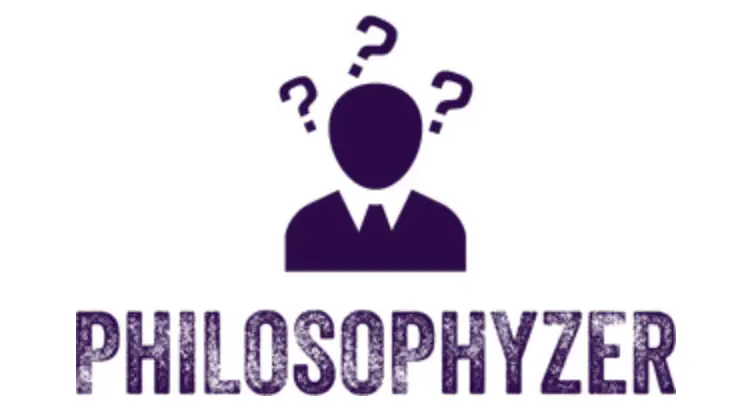Tillich wrote many books. A short article by him on the subject of religious language and symbols follows these notes. To help you to understand this article, here is the summary of the six characteristics of symbols which he gave in a book called…
The Dynamics of Faith
i) Symbols point beyond themselves to something else. (They have this in common with signs).
ii) Symbols participate in that to which they point. (Signs do not).
iii) Symbols open up levels of reality otherwise close to us.
iv) Symbols open up levels, dimensions and elements of our own soul which correspond to those of reality.
v) Symbols grow out of the individual or collective unconscious. They cannot be produced intentionally.
vi) Symbols, like living beings, grow and die. They grow when the situation is ripe for them, and they die when the situation changes. They die because they can no longer produce a response in the group where they originally found expression.
It may help to grasp Tillich’s view more firmly if we take notice of the origin of the word ‘symbol’ itself. It derives from the Greek meaning literally ‘thrown together’.
It often denoted such tallies as the two halves of a broken coin which were exchanged by contracting parties, or any token which established a person’s identity such as a soldier’s badge. If the existential ‘half’ of the symbol does not tie up with the symbol itself, there is no meeting. The symbol has lost its power if it does not ‘come together’ with the existential concern of people’s lives.
Paul Edward’s Claims on Tillich’s Thought
There is an obvious question which is raised by all of this and Tillich himself had to face it many times: ‘How does Tillich know this? How does he know that the symbols point to a transcendent reality (God or whatever)? Couldn’t the so-called religious symbols be simply words pointing to nothing and nowhere – as thinkers life Freud asserted?
Students: You can earn money through matched betting.
One critic of Tillich, Paul Edwards, claimed that Tillich’s thought is cognitively meaningless. That is, although Tillich appears to be saying something, actually the words and symbols convey no knowledge at all. Ask Tillich for the meaning of a symbol and Tillich simple refers us to another one, complains Edwards in an article called ‘Professor Tillich’s Confusions’.
For Edwards, if metaphor and symbol have meaning (and Edwards has no objections to these as such), they must be reducible to something other than a metaphor or symbol. Edwards, in other words, is asking to be told about that to which the symbols point. Tillich’s work, according to Edwards, is full of irreducible metaphors and symbols. His argument, says, Edwards is ‘circular’ and takes us nowhere.
The Adequacy of Symbols
Tillich used to be irritated by this kind of ‘logical’ criticism as he called it. The test of symbols, for Tillich, was their power to express the ultimate: the question to ask is ‘How adequate are they for the religious experience they express?’
It is doubtful whether Tillich would have found any meaning in the idea of checking the adequacy of symbols outside of the existential situation. They only have meaning there. If they are powerful symbols, they will be transparent to the divine of the or the holy which the represent.
You might also be interested in…
Braithwaite – An Empiricists View On the Nature of Religion
